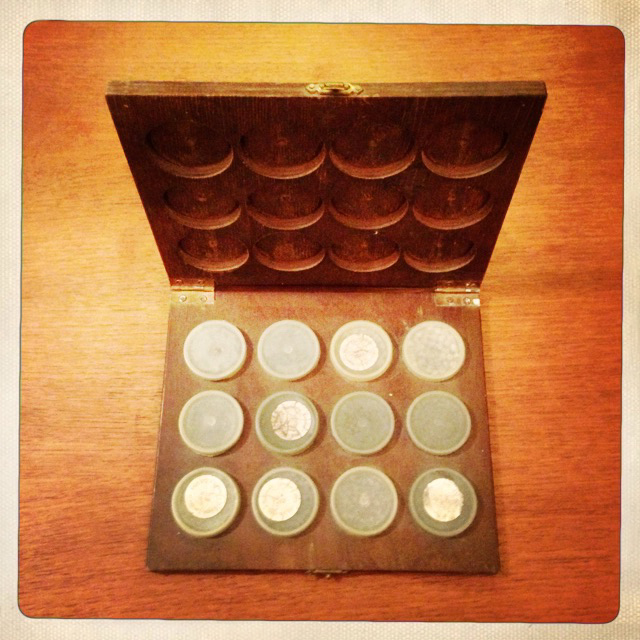
 I had a very strange driving instructor once (bear with me please). He was an odd chap, to say the least. He never shut up, always talked about his conquests (that gets boring after a while, believe me) and had a nervousness about him that made me think he had a dead body hidden in the boot of the car. But he worked from his Dad’s old driving school that had remained unchanged in 50 years, which was in the downstairs floor of the house in which he grew up. He would often be explaining the intricacies of the three-point turn (I was a late learner), or the importance of keeping to the speed limit on narrow, residential roads (bleedin’ obvious if you ask me), when the talk would suddenly go off on a tangent into days spent on canals in our youth. As a confirmed obsessive-compulsive, he loved collecting all the gear, cleaning it, keeping it in order, but ultimately grew to hate the mess of fishing, and so he stopped, but not before he gave all his gear a good wash, then storing it away. Marvellous. So, one day he asked me if I would like to buy the last of what he had left—two fishing reels—a Mitchell Match and an Avon Royal Supreme centrepin. But he also threw in a vintage weight box: slim, wooden, containing 12 circular little plastic boxes full of shot, and a vintage, brass discorger. They’re lovely things, in good condition, naturally, as befits something stored lovingly in a box for 30 years. I firmly advocate purchasing old fishing tackle from obsessive compulsives, as long as they’re not hoarders, in which case you’d have to prise them from their cold dead fingers. I’ll use this old tackle soon enough, but what is it about old tackle that attracts us so much? This warrants further discussion.
I had a very strange driving instructor once (bear with me please). He was an odd chap, to say the least. He never shut up, always talked about his conquests (that gets boring after a while, believe me) and had a nervousness about him that made me think he had a dead body hidden in the boot of the car. But he worked from his Dad’s old driving school that had remained unchanged in 50 years, which was in the downstairs floor of the house in which he grew up. He would often be explaining the intricacies of the three-point turn (I was a late learner), or the importance of keeping to the speed limit on narrow, residential roads (bleedin’ obvious if you ask me), when the talk would suddenly go off on a tangent into days spent on canals in our youth. As a confirmed obsessive-compulsive, he loved collecting all the gear, cleaning it, keeping it in order, but ultimately grew to hate the mess of fishing, and so he stopped, but not before he gave all his gear a good wash, then storing it away. Marvellous. So, one day he asked me if I would like to buy the last of what he had left—two fishing reels—a Mitchell Match and an Avon Royal Supreme centrepin. But he also threw in a vintage weight box: slim, wooden, containing 12 circular little plastic boxes full of shot, and a vintage, brass discorger. They’re lovely things, in good condition, naturally, as befits something stored lovingly in a box for 30 years. I firmly advocate purchasing old fishing tackle from obsessive compulsives, as long as they’re not hoarders, in which case you’d have to prise them from their cold dead fingers. I’ll use this old tackle soon enough, but what is it about old tackle that attracts us so much? This warrants further discussion.

